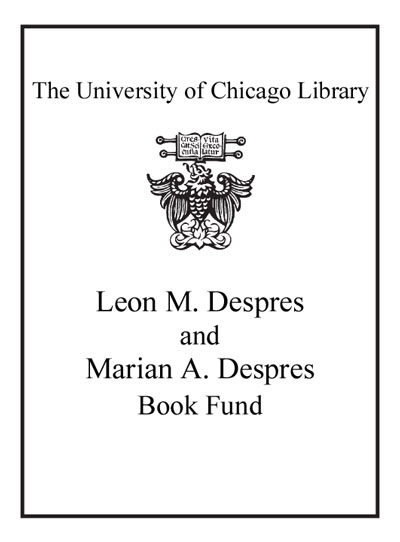| Summary: | "Claes Oldenburg's commitment to familiar objects has shaped accounts of his career, but his associations with pop art and postwar consumerism have overshadowed another crucial aspect of his work. In this revealing reassessment, Katherine Smith traces Oldenburg's profound responses to shifting urban conditions in America, framing his foundational and enduring relationship with the city as a critical perspective, his art as urban theory. Smith argues that Oldenburg adapted lessons of context, gleaned from New York's changing cityscape in the late 1950s, to large-scale objects and architectural plans. Oldenburg fuses a critique of modern architecture with an expansive understanding of embodied vision in compositions that juxtapose popular images from the media and lived experiences in contemporary environments. Smith examines disparate projects from New York to Los Angeles, situating Oldenburg's innovations in local geographies and national debates about art and architecture. In doing so, she illuminates patterns of urbanization through the important interventions of one of the leading artists in the United States"--
|
|---|

